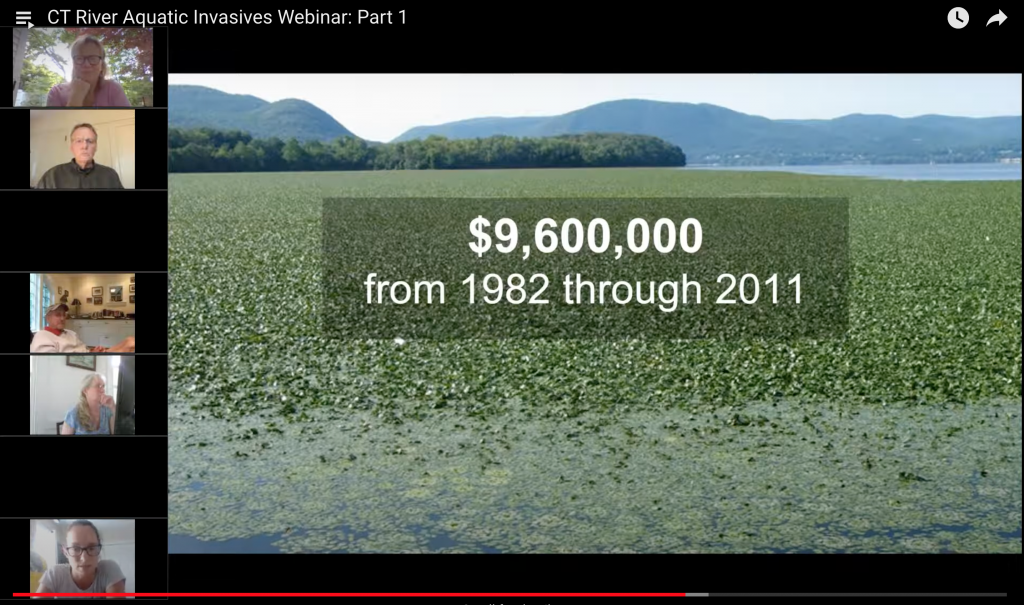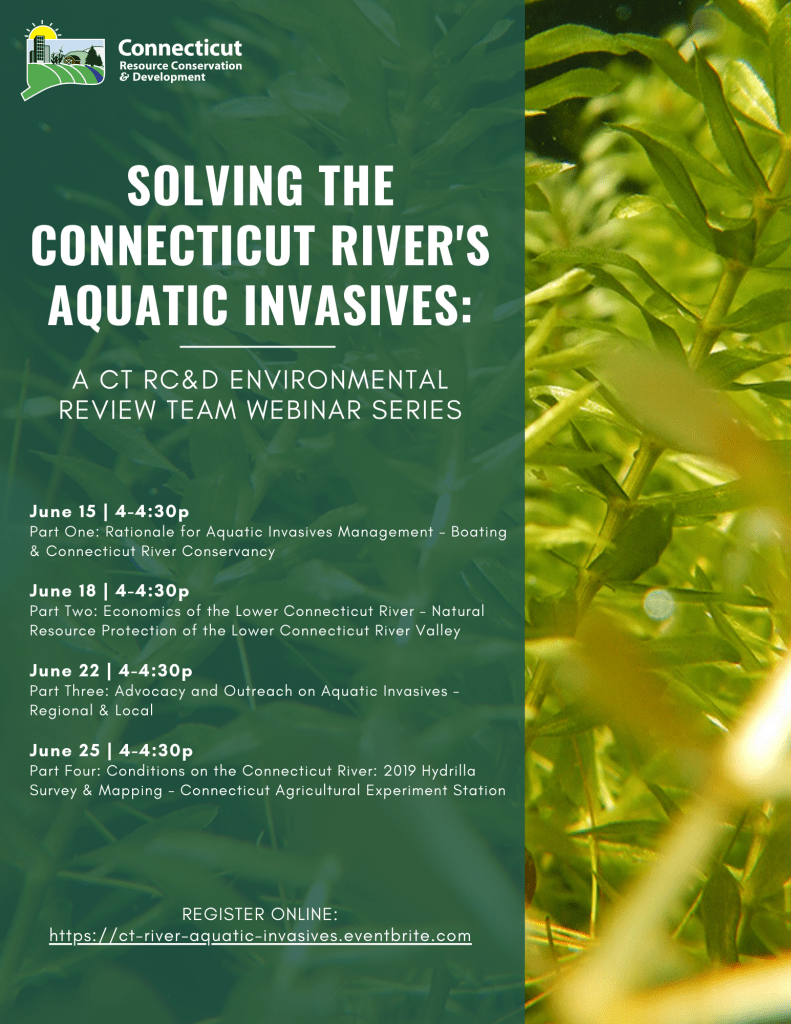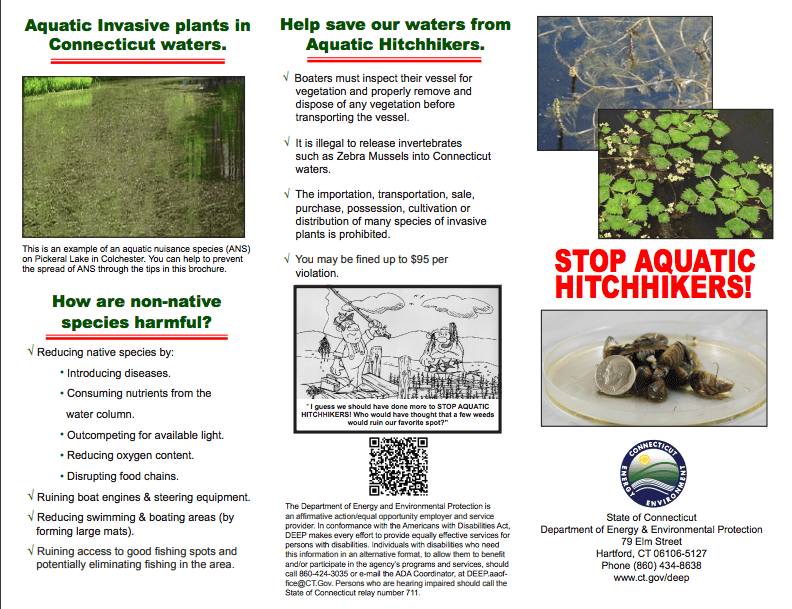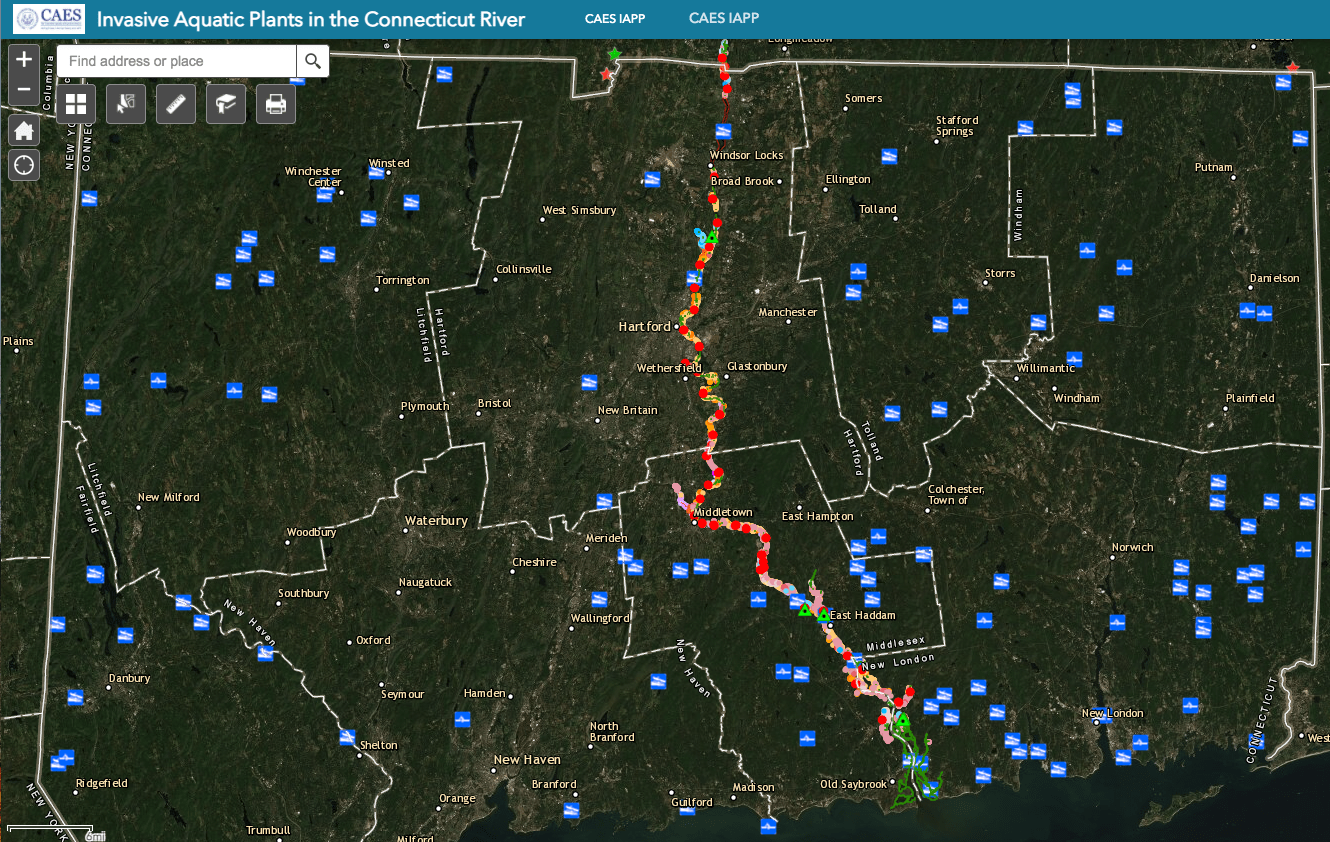You may have traveled the Connecticut River by boat or kayak on a summer's day and stepped out toward the boat launch or beach...
Before you know it, your motor/paddle becomes snared in a sludge of green matted vegetation or thorny vined large leafed aquatic plants. These invaders cling to the propellors or bottom of the boat or even your shoes. They are not natural to the river and they can spread to other rivers and lakes. These are aquatic invasive plant species that threaten to take over the Connecticut River's coves and tributaries -- and if left unchecked, other lakes, ponds, and rivers in Connecticut.
CT RC&D's Environmental Review Team over eighteen months supported twelve towns of the lower Connecticut River to evaluate the impact and potential damage posed by the spread of aquatic invasive plants, specifically the more aggressive and dangerous hydrilla. This page contains links partners and organizations, including the Connecticut Agriculture Experiment Station Invasive Aquatic Plant Program, whose scientists are performing pivotal work on the science, survey, mapping and management concepts to control aquatic invasive plants in Connecticut’s rivers and lakes.
The Connecticut River Hydrilla Collaborative is an ad hoc ecological and economic team of professional and partnering organizations who supported the Environmental Review Team process, contributing hours of insight and education to both the final ERT Report and an ERT public education video created and written by CT RC&D staff, Jeanne Davies and filmed by Emily DeLuca of Crosscourt Media: Invading the Connecticut River- The Spread of Hydrilla.
CT RC&D also hosted four public education webinars in June 2020 to share insights and learn about this serious issue from professionals and volunteers, including presentations from the Connecticut Agricultural Experiment Station, the Connecticut River Conservancy, the CT Marine Trades Association, the Connecticut River Gateway Commission, Connecticut Center for Economic Analysis, the Friends of Whalebone Cove, RiverCOG and UConn's Sea Grant Program. Attendees learned about existing conditions, potential impacts to the economy and how to contribute to the education and management of this overwhelming threat to Connecticut's signature river.
CT River Aquatic Invasives Webinar Recordings & Videos
Check out the four-part series and videos on our YouTube channel by clicking the link below.
